Technology
Mini Magazine
- Saturday, April 29, 2023 17:12 (GMT+7)
- 17:12 April 29, 2023
Illustrations of the Solar System do not accurately represent the size and motion of the planets in space.
You may have seen many pictures of the Solar System, but for illustration purposes, these pictures are often not shown to scale. Most exaggerate the size of the planets and place them much closer together than they actually are to make it easier to visualize. If you were to observe the Solar System in real life, all the celestial bodies would be too small, faint, and far apart to be seen with the naked eye.
In the real universe, the Solar System looks like the night sky seen from Earth. In fact, when we look up at the night sky, we are seeing a large part of the Solar System.
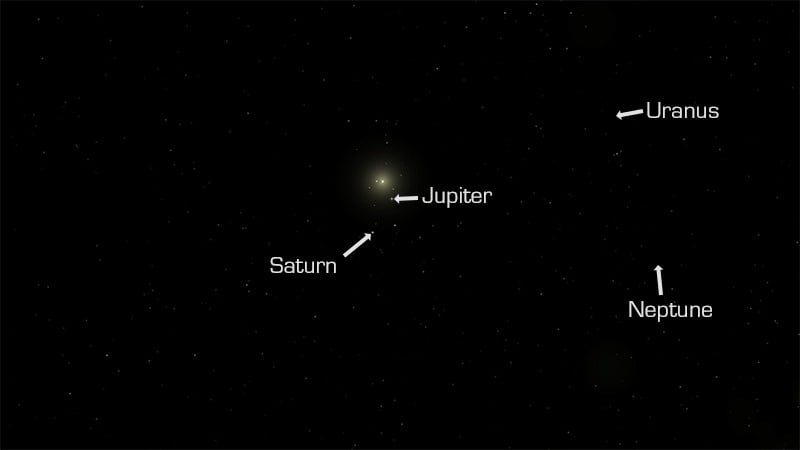 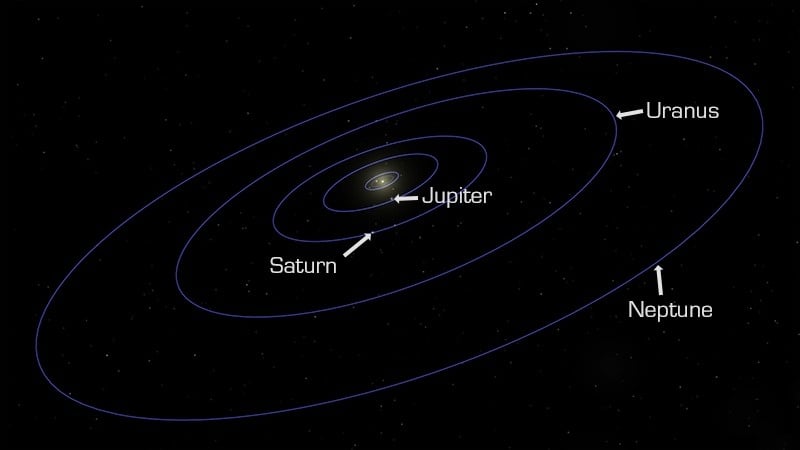 |
The planets and their orbits to scale, some orbits including Earth's orbit are much closer to the Sun than the outer planets. Photo: Spacecentre . |
If simulated to real scale, viewed from the outside, the most easily observable object is the Sun, but even that is just a small dot of light. Some of the larger planets look like stars, while others are too dim to be seen.
The Real Motion of the Earth and the Solar System
The planets all rotate on their axes and orbit the Sun. A person on Earth may feel like he is standing still, but on a cosmic scale, it is not. The Earth rotates on its axis at a speed of nearly 1,700 km/h or 0.5 km/s.
The number may sound large at first, but compared to other movements of the Solar System and the Milky Way that are affecting and creating the speed of the entire planet in the universe, this is not even an odd number.
Like the planets in the Solar System, the Earth revolves around the Sun much faster than it rotates around itself. The speed of the Earth around the Sun is 30 km/s. After 365 days, the Earth will return to its starting point, or more precisely, close to its starting point, because the Sun is not stationary either.
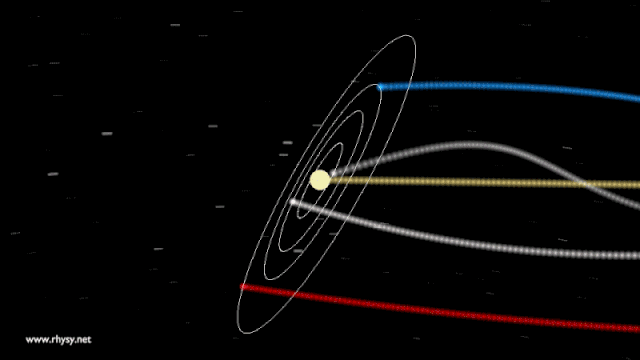 |
An accurate model of how the planets orbit the Sun, then move through the galaxy in a different direction of motion, while always staying in the same plane. Image: Rhys Taylor . |
The stars, planets, gas clouds, dust particles, black holes, dark matter, and much else in the Milky Way are all in motion. From our vantage point on Earth, about 25,000 light years from the galactic center, the Sun orbits the Milky Way in an elliptical pattern, completing one revolution every 220–250 million years.
The Sun's speed during this journey is estimated to be about 200–220 km/s, which is large compared to both the Earth's rotational speed and the planet's rotational speed around the Sun, both of which are tilted at an angle to the plane of the Sun's motion around the galaxy.
However, throughout the journey, the planets remain in the same plane, without the phenomenon of being ahead or being pulled behind as some illustrations often show.
368 km/s is the speed at which humans are moving in space.
And the entire galaxy is not stationary, but is moving due to the gravitational pull of matter in the universe. In the Local Cluster, a collection of more than 50 galaxies including the Milky Way, the speed of the Milky Way can be measured when compared to the largest galaxy in the cluster, Andromeda.
This galaxy is moving towards our Sun at 301 km/s. Taking into account the motion of the Sun in the Milky Way, Andromeda and the Milky Way are moving towards each other at about 109 km/s.
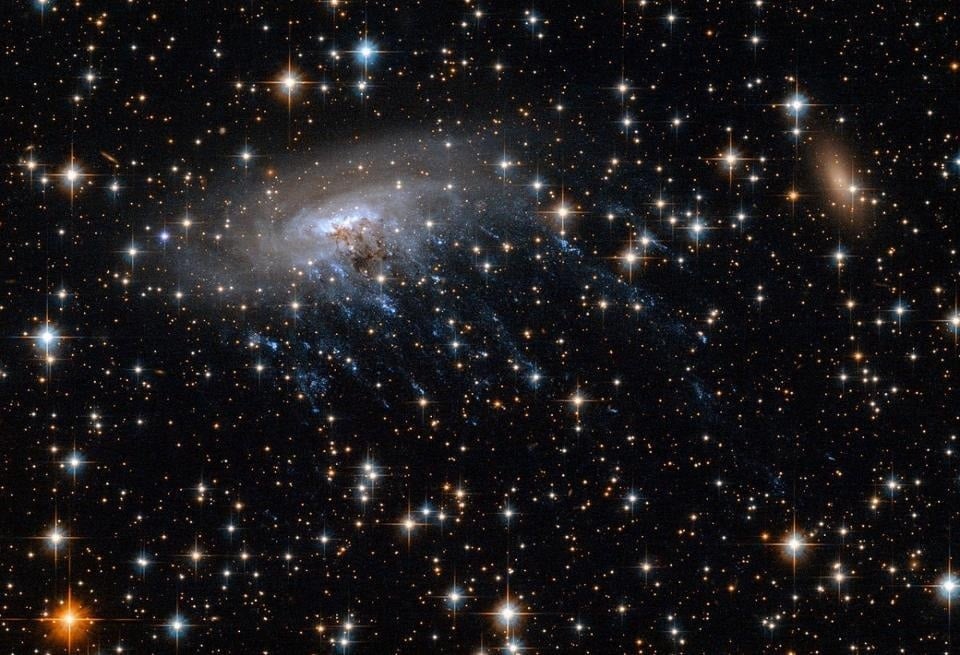 |
On the largest scales, it's not just the Earth and the Sun that move, but entire galaxies and local clusters that move due to invisible forces. Image: NASA/ ESA. |
The Local Cluster, though large and composed of many galaxies, is not isolated. Other galaxies and clusters around it exert gravitational pull. Scientists estimate that these distant structures add 300 km/s of speed to the cluster.
Adding all these motions together, the Earth rotating around itself, the Earth rotating around the Sun, the Sun moving around the galaxy, the Milky Way heading towards Andromeda and the local cluster being pulled and pushed by the surrounding regions, is how fast we are actually moving through the universe.
The speed of movement reaches 368 km/s in a given direction, plus or minus about 30 km/s, depending on the time of year and the direction the Earth is rotating, according to Ethan Siegal, PhD in astrophysicism at the University of Florida, who writes the blog Starts With A Bang .
Our planet and the planets orbit the Sun in a plane, and that entire plane moves in an elliptical orbit through the galaxy.
Because all Sun-like stars in the galaxy also move in an elliptical pattern, the Solar System appears to move in and out of the galactic plane on a cycle of tens of millions of years, taking about 200–250 million years to complete one revolution around the galaxy.
Big Questions - The Universe
The book deals with fundamental issues in natural science, in the form of discussing 20 questions about astronomy and the universe such as: What is the universe? How big is the universe? Why do planets always orbit?...
Hoang Nam
universe solar system earth orbit speed
You may be interested in
Source link


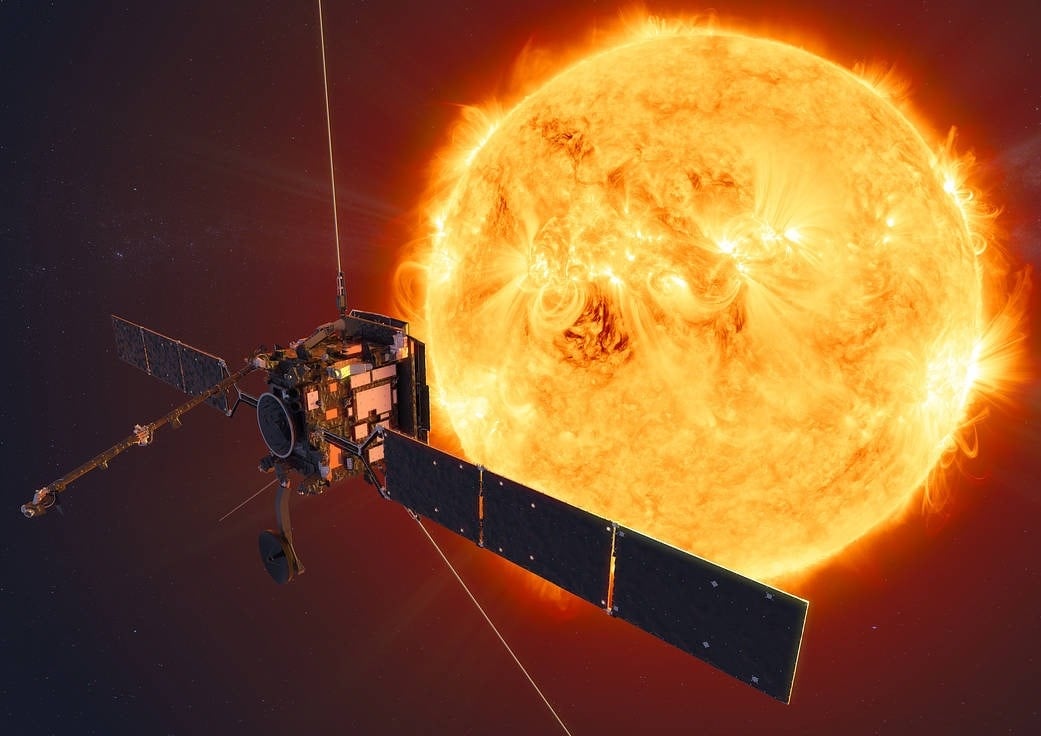


















































![[Maritime News] More than 80% of global container shipping capacity is in the hands of MSC and major shipping alliances](https://vphoto.vietnam.vn/thumb/402x226/vietnam/resource/IMAGE/2025/7/16/6b4d586c984b4cbf8c5680352b9eaeb0)













































Comment (0)